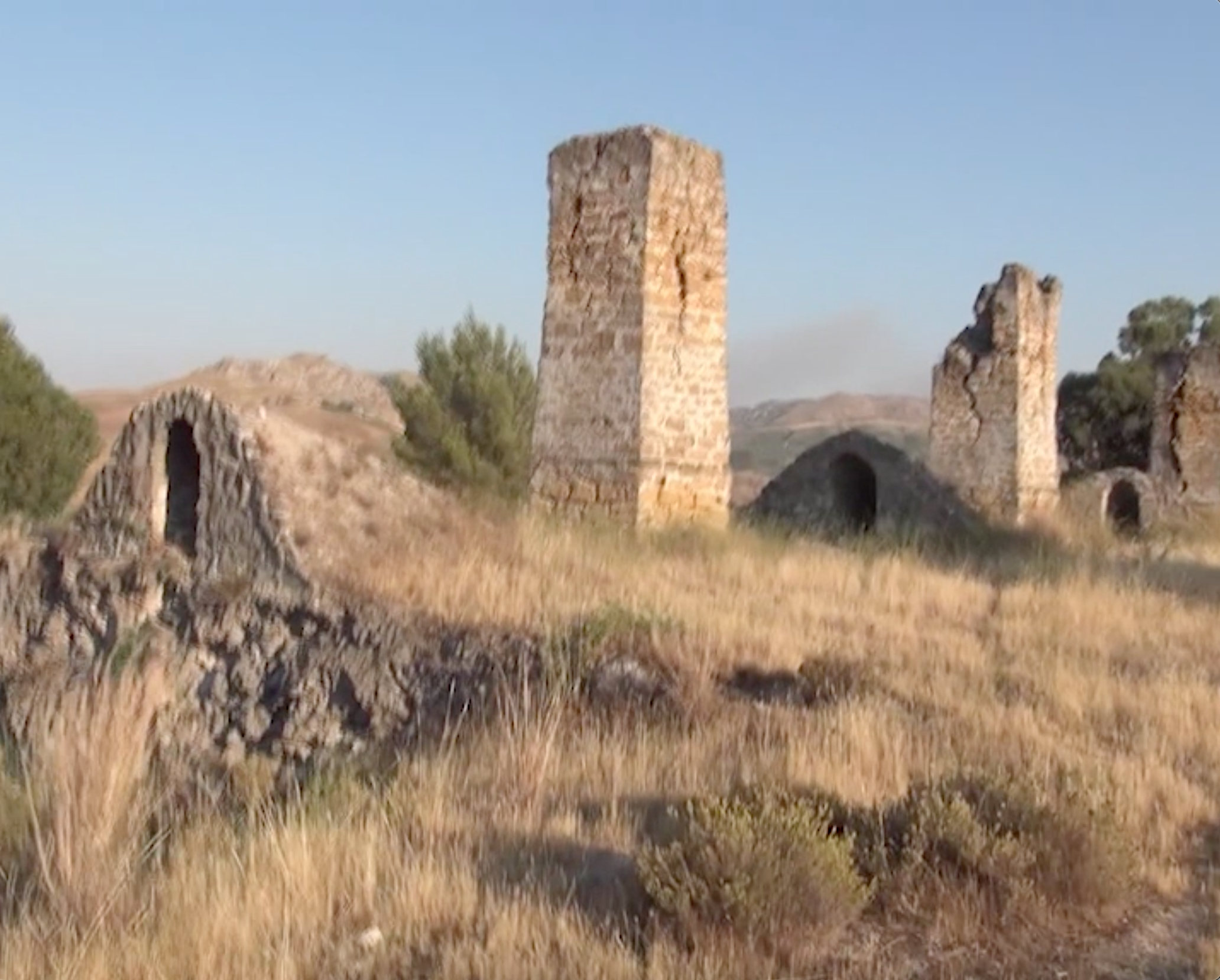Wolff’s Law
Part of The Nearest Thing to Hell, a residency project at Spazio Speciale, Palermo, initiated by the artist Ignazio Mortellaro and the curator Izabela Anna Moren. The project offered the opportunity to respond to Sicily’s various connections with sulphur.
Wolff’s Law: bone adapts to the pressures under which it is placed.
After a visit to Sicily in 1911, Booker T. Washington described the island’s centrally located sulphur mines, their toxic fumes and pre-teenage boys sent into the darkness as ‘the nearest thing to hell’. In the same year a British doctor, Sir Thomas Oliver, travelled to Sicily and wrote an article in the British Medical Journal documenting the conditions of the young boys and men working in the mines – he noted their bodies were grossly deformed by their labour. This work relates the shape of bodies to the containing pressures applied to them. Specifically, it explores the characteristics of bone, and its ability to reshape itself according to the forces exerted upon it over time, which resulted in the physical appearances of the miners. These features of human bone are juxtaposed with the materials and iconography of youth in the built environment around Palermo.
The works consist of folded aluminium encasing antique turned wood columns, a printed booklet, photocopies, and a video.
video stills:




Julius Wolff (1836–1902): ‘I am now convinced that the cancellous bone structure is not a confused and disorganized meshwork of trabeculae and cavities, as it used to be believed until now, but that it is characterized instead by a “well motivated architecture”, which grants every one of its trabeculae a mechanical meaning and, so to speak, a certain role as a building block related to its usage in the grand structure that is the bone’. [1870, Wolff J., ‘Ueber die innere Architectur der Knochen und ihre Bedeutung für die Frage vom Knochenwachsthum’, Virchows Arch Pathol Anat Physiol. 1870; 50:389–450]